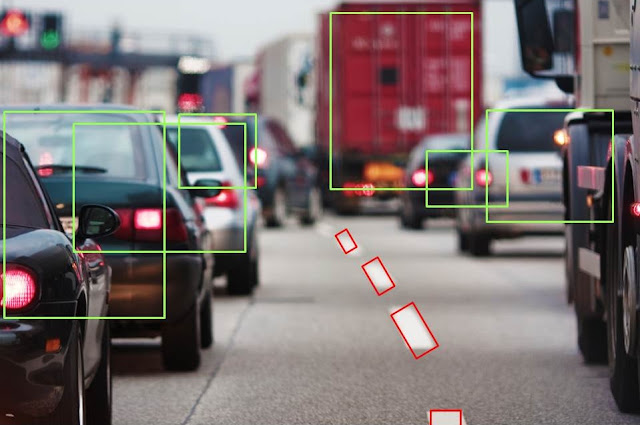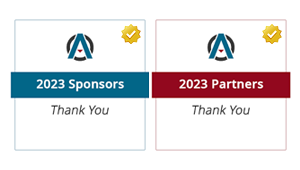Description :
With the ever increasing amount of electronics in vehicles, and the demanding nature of high-end and emerging applications, there is a great need for high-speed communications protocols.
Emerging as front-runners for more wide-spread use are:
- FlexRay
- MOST
- Ethernet
The Strategy Analytics Automotive Electronics Service (AES) report, "Automotive High Speed Networks," predicts that Ethernet will see both the fastest growth and the largest volume by 2020. The key breakthrough has been the BroadR-Reach physical layer, from Broadcom, now licensed to other semiconductor vendors, such as NXP. This allows Ethernet at 100 Mbit/s to be transmitted over low-cost, unshielded twisted pair cables.
“Ethernet has gained significant momentum because it meets the requirement for higher-bandwidth bus networks which many feel cannot be met by existing protocols, such as CAN,” stated Ian Riches, Director, Global Automotive Practice.
“FlexRay will continue to find its niche and see volumes grow, but MOST node volumes are likely to start to tail off as we head toward 2020,” added Mark Fitzgerald, Associate Director in the Strategy Analytics Global Automotive Practice.
 |
| 100 Mbps symmetrical operation using standard Ethernet PHY components (Fig 1) |
The OPEN Alliance (One-Pair Ether-Net) Special Interest Group has released their standard for in-vehicle Ethernet over a single twisted pair (Fig. 1). The OPEN Alliance includes two automotive companies, BMW and Hyundai USA, plus three semiconductor companies including Broadcom, Freescale and NXP. BMW will have the first vehicle based on BroadR-Reach technology in 2013.
OPEN fills a gap between CAN, Local Interconnect Network (LIN) and FlexRay that are using automotive control and Media Oriented Systems Transport (MOST), a high-end multimedia network. MOST uses fiber optics and runs at speeds up to 150 Mbits/s. It is a standard 10/100 Mbits/s Ethernet but it uses only a single, unshielded twisted pair cable comparable to that already used by FlexRay. Better yet, it is possible to deliver power over the same two wires like Power-over-Ethernet (POE).
 |
| Twister pair Ethernet (Fig 2) |
This is definitely a game changing approach because it is suitable for a range of applications throughout the car (Fig. 2) from On-Board Diagnostics (OBD) to Advanced Driver Assistance (ADAS) applications (Fig. 3).
 |
| Lower cost of digital camera deployment for advanced driver assist (Fig 3) |
The standard supports the standard Ethernet audio/video bridging (AVB), 802.1BA. It also address temperature and EMC details that are critical to automotive applications. OPEN will be suitable for use anywhere on the car from the engine compartment to doors. Hardware can be qualified for Automotive Electronics Council (AEC) AEC-Q100.
Cable length is limited to 47m. A typical automobile would need no more than a 30m limit but this allows the technology to be used in larger vehicles. The technology can work with significantly longer cables up to about 500m.
| Automotive Networking and Consumer Connectivity Applications (Fig 4) |
OPEN Ethernet mirrors standard Ethernet that is essentially a switch-based interconnect. This is key because bandwidth is less of an issue assuming a single application can be handled by a link. It is even possible to combine multiple links to provide higher bandwidth but this would be less likely given the drive to use a single cable to reduce costs.
In theory, the new Ethernet approach can reduce connectivity costs by up to 80% and reduces cabling weight by up to 30% compared to a conventional Ethernet LVDS interconnect. OPEN Ethernet can use connectors like those approved for FlexRay. This is important because, at least initially, automotive vendors are likely to use their own approved connectors and cabling.
Still, standard cables and connectors could be useful. For example, a four camera ADAS application would be less expensive if the cameras were a standard component. There is already a standardization effort for automotive cameras. All it would need to incorporate would be a standard OPEN connector. But that is for the future.
Right now the semiconductor participants are delivering chips to handle the new standard. Broadcom's BroadR-Reach family includes a set of PHYs and switches. There are three switches with a mix of built-in PHYs. These include the 7 port BCM89500 with 4 OPEN PHYs, the 7 port BCM89501 with 5 PHYs, and the 4 port BCM89200 with 2 PHYs. The ports without PHYs can be connected to devices or external PHYs. The BCM89810 is a standalone BroadR-Reach 10/100 PHY. This is the PHY that would be used with microcontrollers. In the future, this kind of PHY might be incorporated directly into a microcontroller.
| OBD data can be emissions-based or nonemissions-based (Fig 5) |
Also part of the mix is Broadcom's BCM89610 10/100/1000 PHY. This is a conventional Ethernet PHY optimized for automotive use. A single BCM89610 could provide a link to an external diagnostic system. The chip has the same EMC resistance as the other BroadR-Reach.
The OPEN Alliance and its members are targeting automotive applications but the technology is ideal for a host of other application areas from robotics to home security systems. Ethernet is already in demand in these applications and a two-wire solution with power easily beats existing technology in cost.
Ethernet has had a long and fruitful life becoming the dominant interconnect for a very wide range of applications. It could now become the dominant interconnect for automotive applications as well.
Check also "Ethernet for Automotive Applications" by Dr Robert Bruckmeier (General Manager Central Control Units, BMW Group), Freescale Technology Forum.
READ ALSO: Metro Ethernet - Its Uses And Benefits
Got something to say? Post it below. Have an uber-super-awesomelicious week ahead! 😃💛
READ ALSO: Metro Ethernet - Its Uses And Benefits
Got something to say? Post it below. Have an uber-super-awesomelicious week ahead! 😃💛
*by andreascy*















